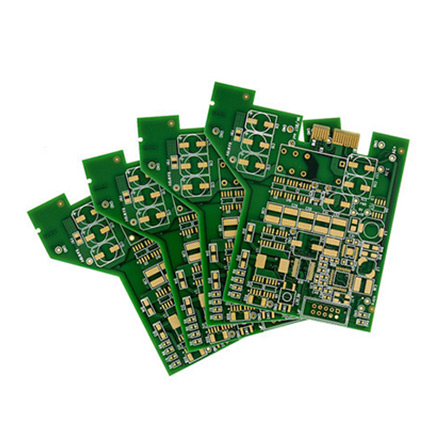

The Intriguing World of Tinted Glass Color
Tinted glass has evolved from a mere aesthetic choice to a highly functional element in modern architecture and design. With its ability to filter light, enhance privacy, and reduce glare, tinted glass is increasingly popular in both residential and commercial settings. However, one of the most captivating aspects of tinted glass is its color, which can dramatically transform the ambiance and character of any space.
The Intriguing World of Tinted Glass Color
For instance, blue-tinted glass can evoke a sense of calmness and serenity, making it an excellent choice for environments that prioritize relaxation, such as spas and wellness centers. In contrast, green-tinted glass brings a natural feel, reminiscent of lush landscapes, which can be particularly appealing for offices designed to foster creativity and innovation. Meanwhile, bronze-tinted glass not only offers a warm aesthetic but also serves to absorb solar heat, contributing to energy efficiency.

In addition to aesthetic benefits, tinted glass plays a crucial role in enhancing privacy while maintaining natural light. Brown or gray tints can obscure visibility from outside, allowing occupants to enjoy their space without compromising on bright daylight. This feature is especially valuable in urban settings where buildings are closely spaced.
Moreover, tinted glass can significantly reduce glare, making it an ideal choice for environments with substantial sunlight exposure. This is essential for structures with expansive windows or glass facades, where occupants might otherwise be uncomfortable due to harsh sunlight. By minimizing glare, tinted glass fosters a more pleasant indoor climate, which can enhance productivity in workplaces and comfort in homes.
Furthermore, tinted glass contributes to energy efficiency by reducing the reliance on artificial lighting and air conditioning. The thermal properties of certain tints help to keep indoor environments cooler in the summer, thus lowering energy costs.
In conclusion, tinted glass color is more than just a decorative element; it is a multifaceted feature that influences aesthetics, privacy, comfort, and energy efficiency. As architects and designers continue to explore innovative applications of tinted glass, we can expect to see even more creative uses for this versatile material in the future. Embracing tinted glass can elevate spaces to new heights, making them not only visually appealing but also functional and sustainable.